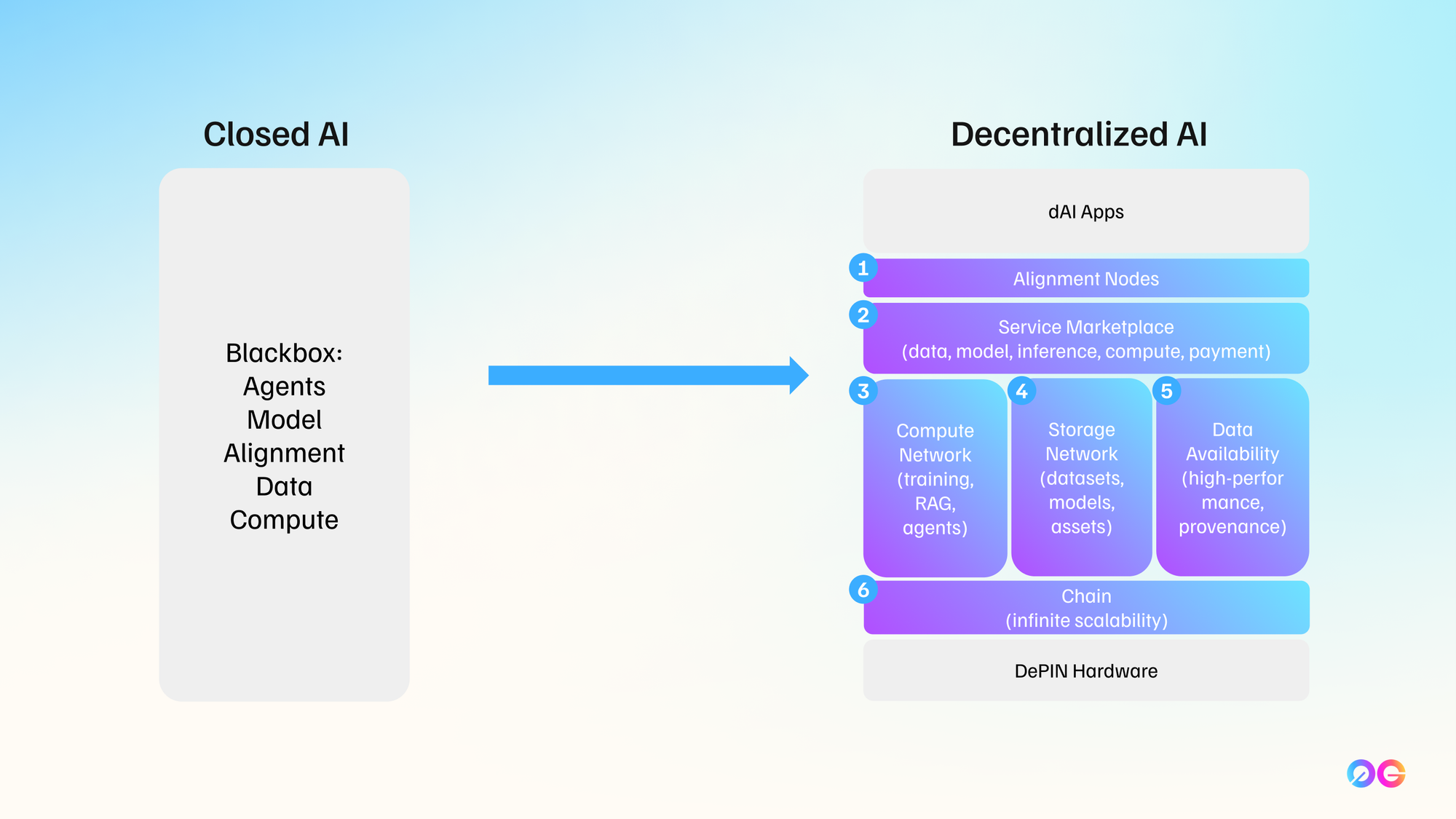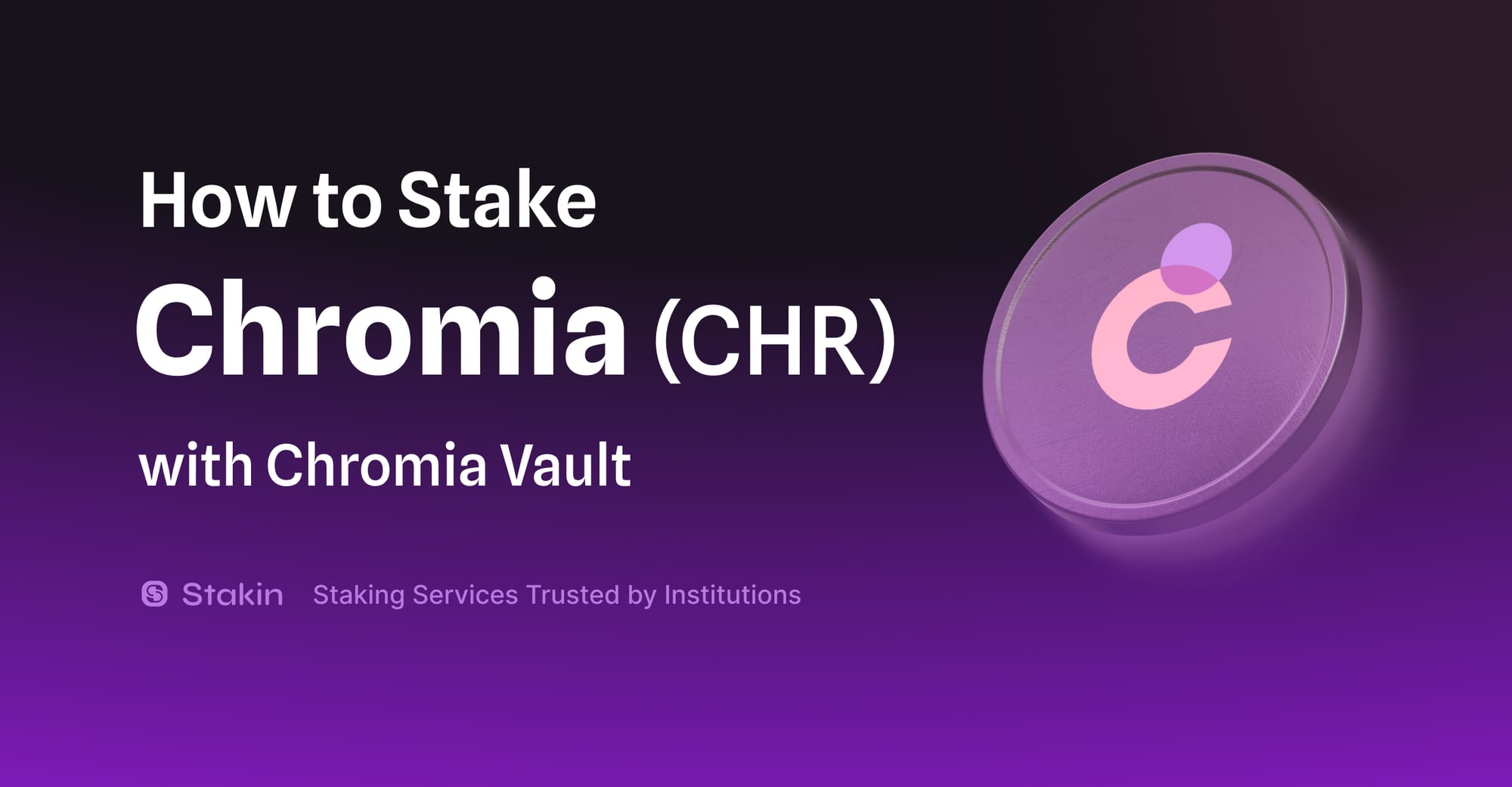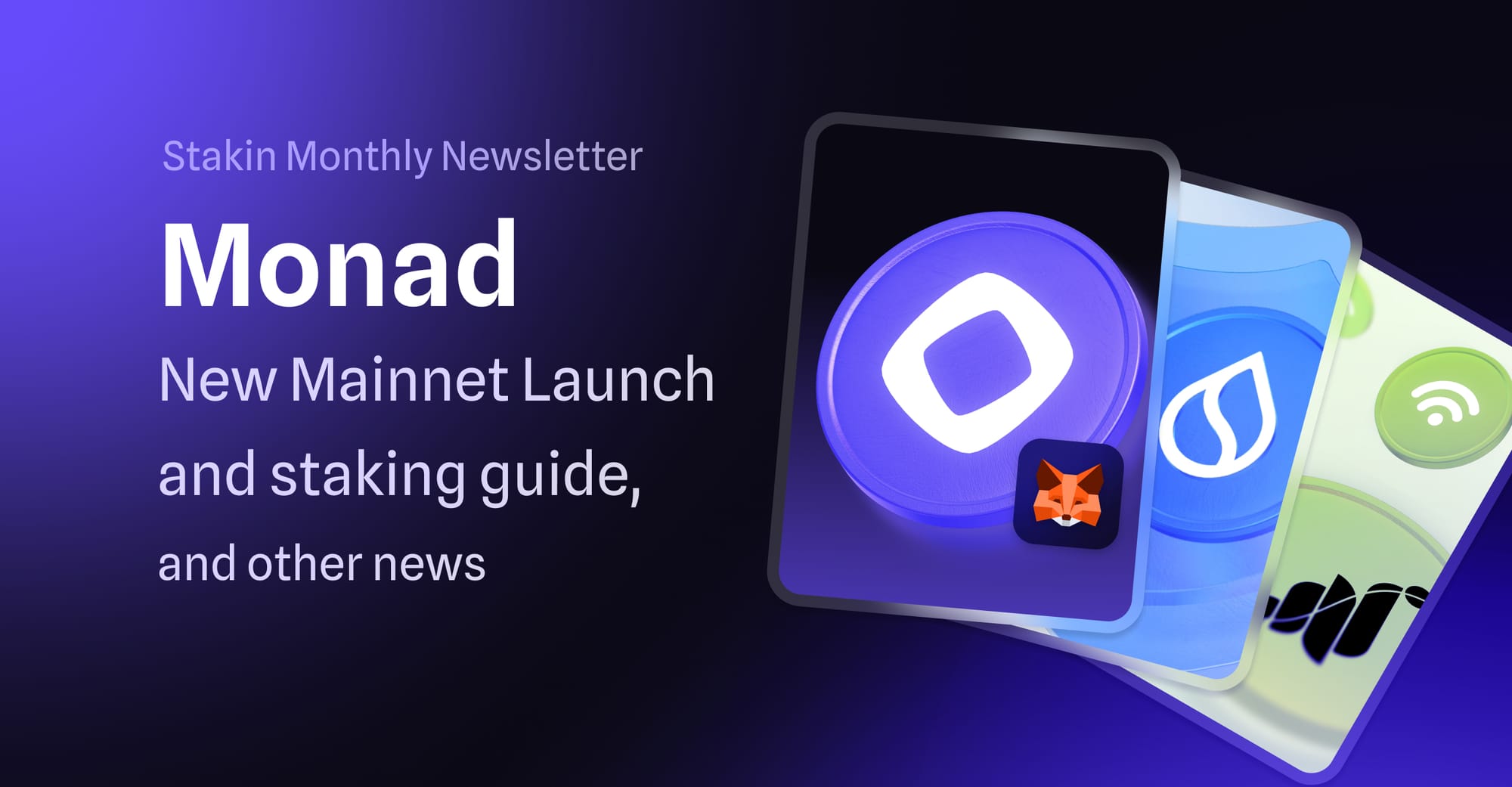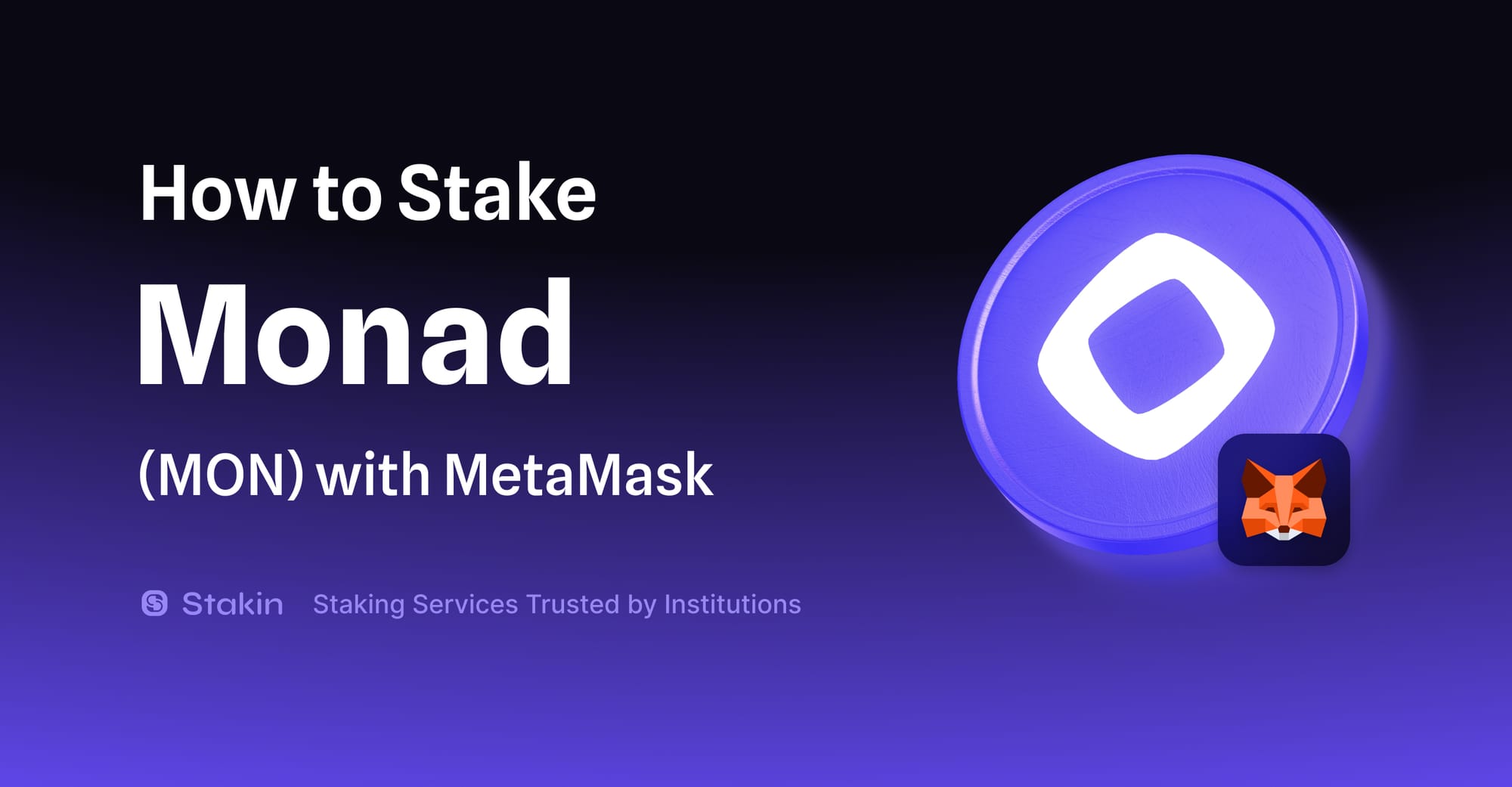The combination of artificial intelligence and blockchain holds enormous potential, but only if supported by infrastructure that can meet real-world demands. While decentralization via blockchain technologies has long been viewed as a viable path forward, today’s networks still have significant scalability limitations, falling short of the performance required to support internet-scale AI systems.
0G(Zero Gravity) introduces a different approach: a modular, decentralized AI operating system built specifically for scale, speed, and performance. Its architecture combines a storage network, a data availability network, and a data-serving network. All coordinated through a dedicated consensus layer. Each component uses advanced sharding to enable near-infinite horizontal scalability.
With this modular design, 0G solves one of the most pressing challenges in Web3: how to deliver decentralized AI applications without sacrificing performance. Traditional infrastructure forces developers to rely on expensive, centralized providers for tasks like storing terabytes of training data, running GPU-heavy inference, or handling high-throughput data pipelines. 0G removes these barriers, making decentralized AI development practical for the first time.
What is 0G?
0G is a modular Layer 1 blockchain built to support large-scale, data-intensive applications that require fast compute, scalable storage, and efficient data availability.
At its core, 0G is a decentralized coordination layer that manages both:
- Hardware resources: compute, storage, and network bandwidth
- Software components: models, datasets, and execution environments
By combining the performance of centralized platforms with the openness of blockchain, 0G makes it possible to build powerful applications that remain transparent, verifiable, and fully permissionless. For developers and organizations, this lowers the barrier to deploying advanced AI and data-driven systems without depending on Web2 infrastructure.
Enter 0G: Infrastructure Purpose-Built for On-Chain AI
Supporting high-performance workloads on decentralized networks has historically been unfeasible, not due to lack of demand, but because of hard technical constraints. Most blockchain networks were not designed to manage the data density or computational load required by modern applications. Storage is often expensive and slow, compute is limited to basic contract execution, and network throughput is insufficient for time-sensitive operations.
0G addresses these bottlenecks at the system design level. Instead of forcing heavy workloads into a general-purpose chain, 0G separates concerns through a modular stack:
- Storage Network: Handles terabyte-scale datasets efficiently
- Compute Layer: Optimized for high-throughput processing and inference
- Data Availability Layer: Guarantees fast, reliable access to inputs
- Coordination Layer (L1): Binds everything together into one operating system

This modular design removes the performance trade-offs that have historically constrained decentralized development, making it possible to deploy large-scale, resource-intensive applications without relying on centralized infrastructure.
Conclusion
0G represents a significant architectural shift in how blockchain infrastructure can support advanced, data-intensive applications. By separating execution, storage, compute, and data availability, it directly addresses the scalability and performance issues that have held decentralized systems back. With EVM compatibility, an optimized CometBFT consensus, and a roadmap including DAG-based processing and shared security, 0G provides a robust technical foundation for real-world applications.
At Stakin, we are proud to support Zero Gravity as a node operator, helping secure the network and contribute to its mission of enabling decentralized AI at scale.
DISCLAIMER: This is not financial advice. Staking, delegation, and cryptocurrencies involve a high degree of risk, and there is always the possibility of loss, including the failure of all staked digital assets. Additionally, delegators are at risk of slashing in case of security or liveness faults on some protocols. We advise you to do your due diligence before choosing a validator.



